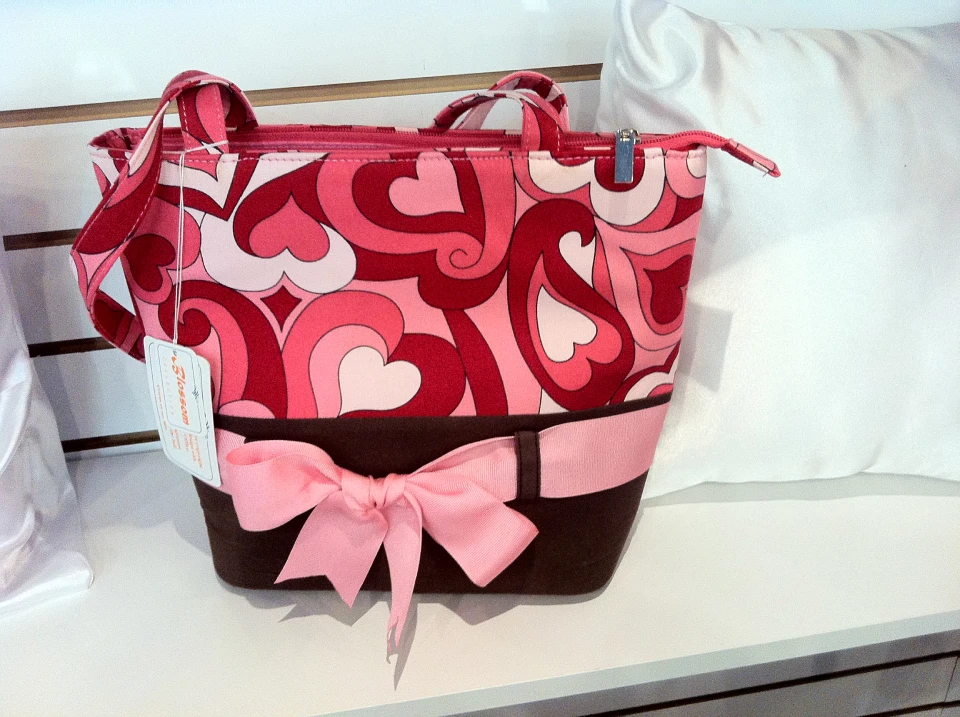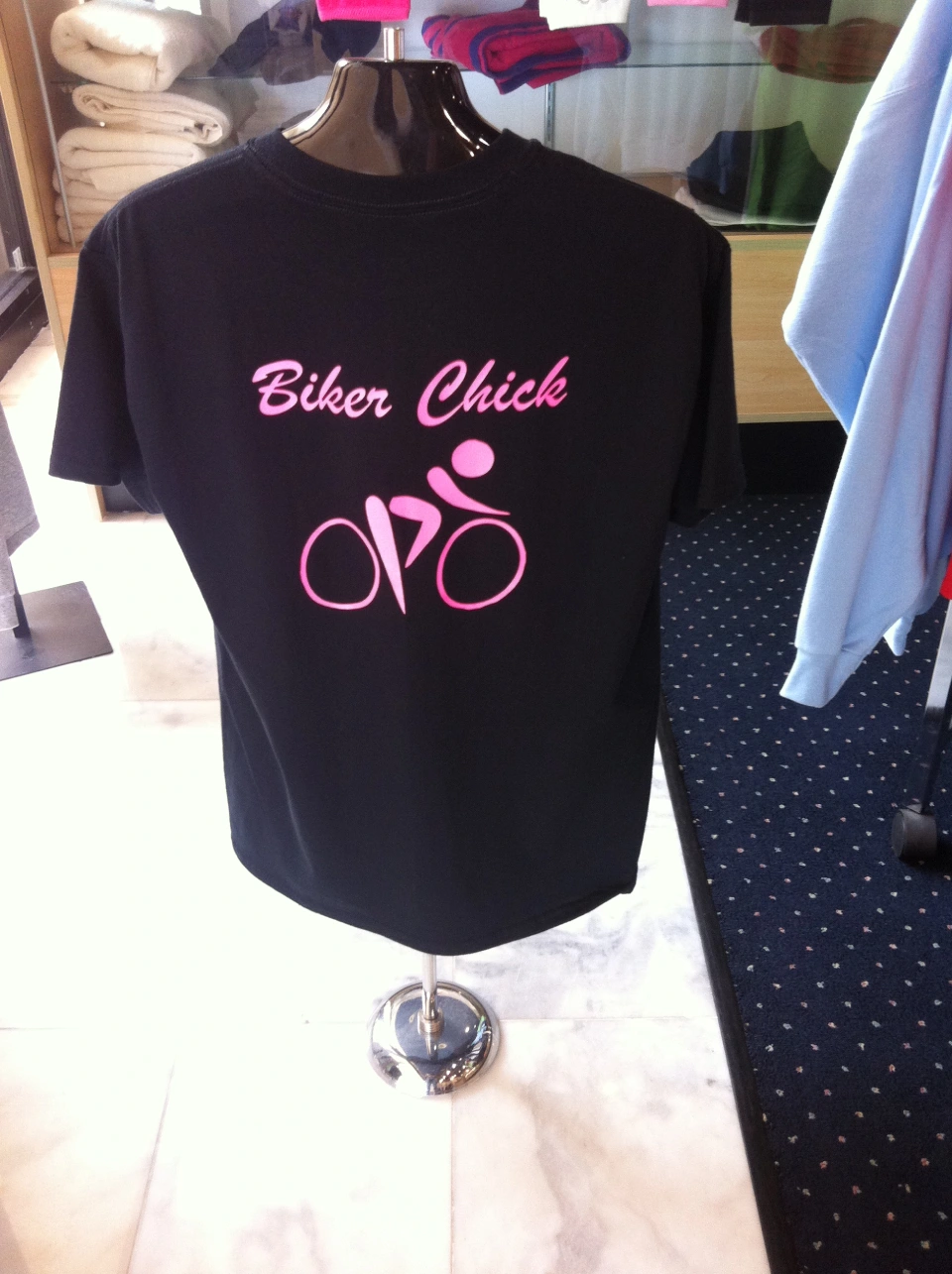Personalized Mugs with Customized Embroidery Layouts for an One-of-a-kind Gift
Personalized Mugs with Customized Embroidery Layouts for an One-of-a-kind Gift
Blog Article
The Art of Personalized Embroidery: Unlocking the Keys to Creating Unique and Unforgettable Layouts
The tricks to producing custom-made embroidery designs that captivate the eye and leave a long lasting impression lie in a delicate equilibrium of strategy, imagination, and interest to detail. As we delve into the globe of personalized needlework, we discover the nuanced interplay between string option, stitch complexity, and design customization that raises a simple garment to a work of art.
Picking the Right Needlework Threads
When selecting needlework strings, what vital elements should you take into consideration to make sure the most effective results for your custom styles? The choice of needlework string is vital in determining the last end result of your embroidered layout. One of the main factors to consider is the product of the thread. Various products such as cotton, polyester, rayon, and silk provide varying degrees of luster, toughness, and texture. It is vital to select a thread product that enhances the fabric you are embroidering on and straightens with the desired look of the style.
In addition, the weight or thickness of the thread plays a significant duty in the look of the needlework. Thicker strings can add dimension and texture to your design, while finer threads are optimal for complex information and little message. Furthermore, taking into consideration the shade fastness and washability of the string is critical to make certain that your personalized styles keep their top quality and vibrancy with time. By meticulously reviewing these variables and picking high-quality strings that fulfill your details demands, you can improve the visual appeal and longevity of your stitched productions.
Exploring Various Stitch Methods
To look into the realm of 'Exploring Various Stitch Methods', one must realize the ins and outs and nuances that each sewing technique brings to the art of needlework. Different stitch strategies not only include visual interest but additionally contribute to the overall structure and dimension of the layout. One popular stitch strategy is the satin stitch, which includes very closely jam-packed parallel stitches to develop a smooth and shiny surface area, suitable for filling out shapes and developing bold lays out.
On the various other hand, the backstitch is a flexible strategy typically made use of for detailing and including fine information. It involves stitching in reverse to create a solid line of needlework. Additionally, the French knot stitch adds a responsive element to styles, excellent for producing textured accents like blossom centers or ornamental touches.
Discovering various stitch techniques enables embroiderers to have fun with light, darkness, and depth within their styles, boosting the aesthetic appeal and creative top quality of their needlework projects. By grasping different sewing techniques, one can open countless possibilities for producing special and remarkable custom embroidery items.
Incorporating Personalized Style Components
Having discovered the details of various stitch methods such as the satin stitch, backstitch, and French knot, the focus now changes in the direction of integrating customized design elements in customized needlework jobs. Customized layout components play a critical function in making embroidery projects absolutely special and unforgettable.
Another means to integrate customized style elements is by consisting of signs or motifs that hold unique significance to the recipient or reflect their passions and character. Including a favorite blossom, pet, or hobby-related symbol can make the needlework design a lot more meaningful and tailored. Additionally, picking colors that reverberate with the recipient or straighten with the designated motif can even more boost the personalization of the needlework project.
Grasping the Art of Shade Coordination

One key facet of color control is comprehending color concept. This includes recognizing how various colors connect with each other, the feelings they communicate, and just how they can be integrated to create visually enticing styles. By using color concept principles, embroiderers can produce unified color schemes that enhance the total look of the style.
In addition, focusing on comparison is important in shade coordination. Using contrasting shades can assist particular elements of the style pop, boost legibility, and produce an aesthetically dynamic embroidery item. By mastering the art of color sychronisation, embroiderers can boost their designs and produce remarkable pieces that resonate with customers and visitors alike.
Enhancing Texture With Advanced Embroidery Stitches

Bullion knots, on the other hand, can be utilized to produce twisted, ropelike components that include an extravagant feeling to the embroidery. Experimenting with these advanced needlework stitches permits you Embroidery to press the limits of standard needlework and create genuinely special and visually appealing structures in your designs.
Conclusion
In final thought, the art of customized embroidery involves a mix of picking the appropriate strings, checking out various stitch techniques, incorporating tailored layout aspects, grasping color control, and boosting structure with sophisticated stitches. By understanding and applying these crucial elements, embroiderers can produce unique and remarkable styles that showcase their creativity and ability. Embroidery fanatics can open the secrets to developing attractive and bespoke pieces that attract attention and leave an enduring impression.
Report this page